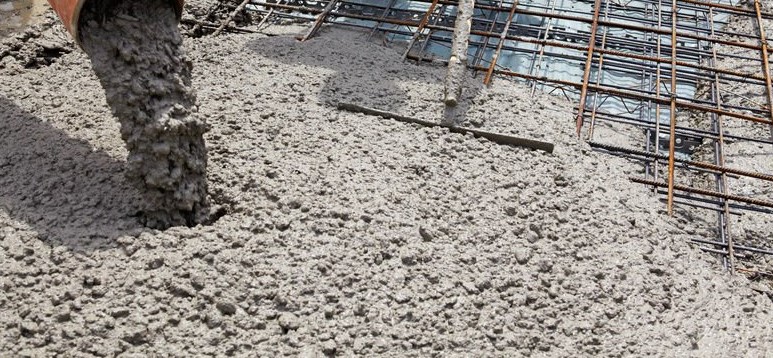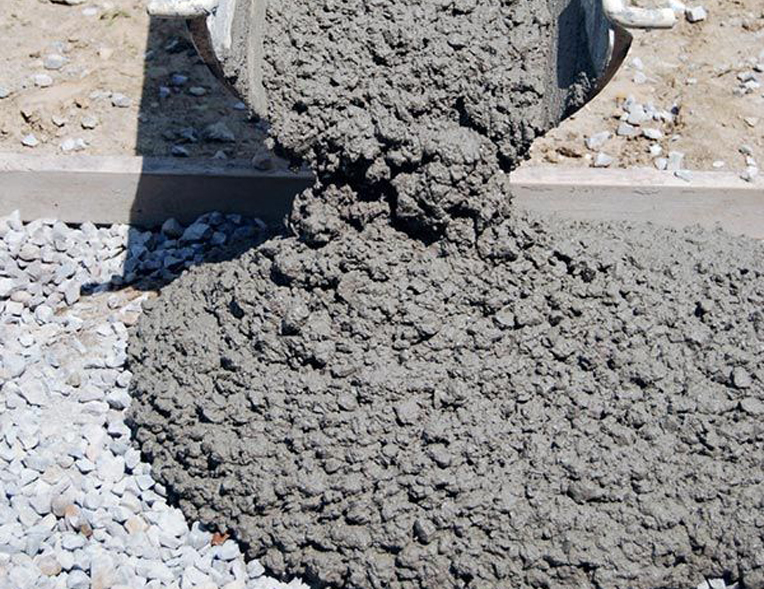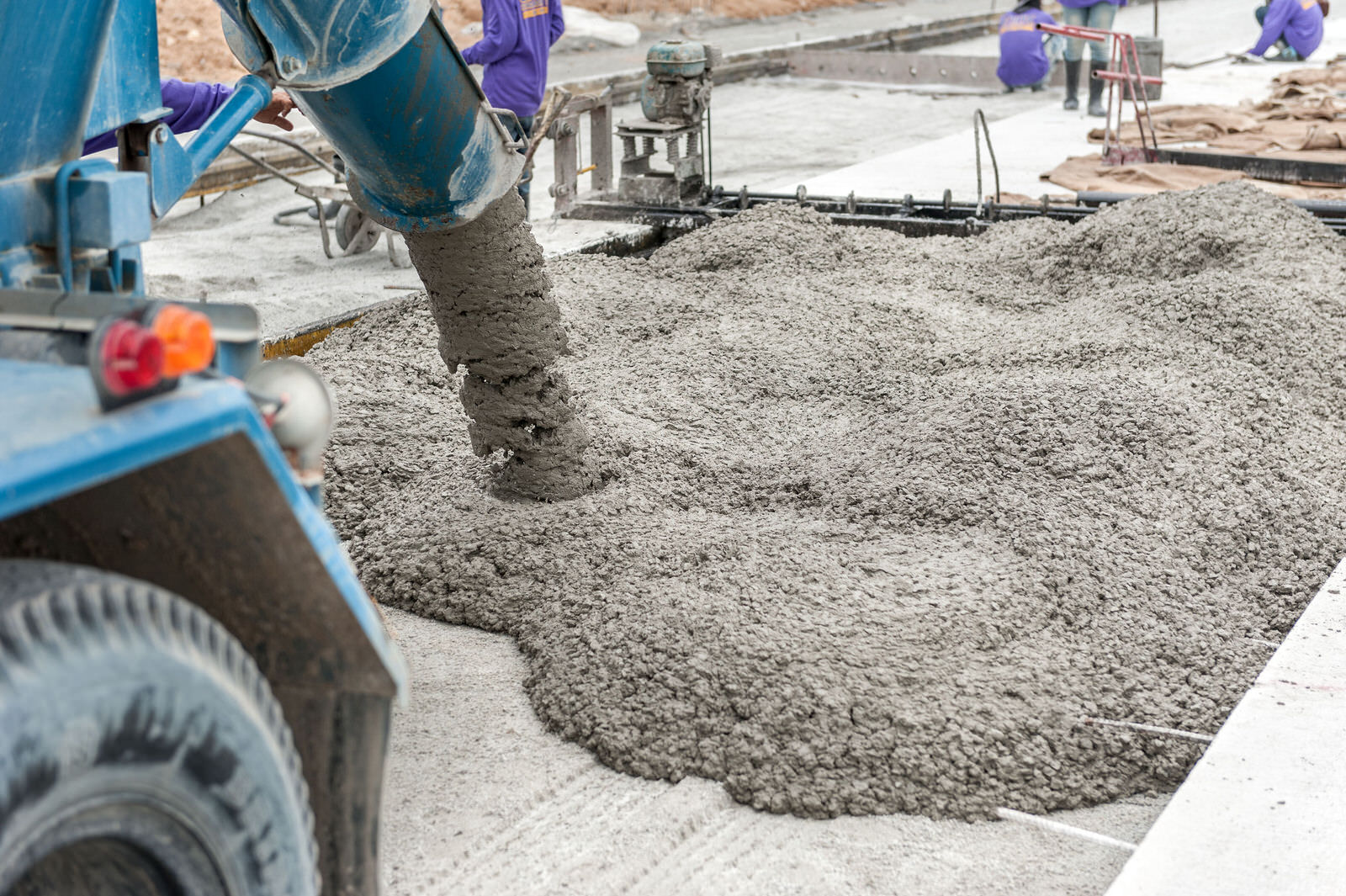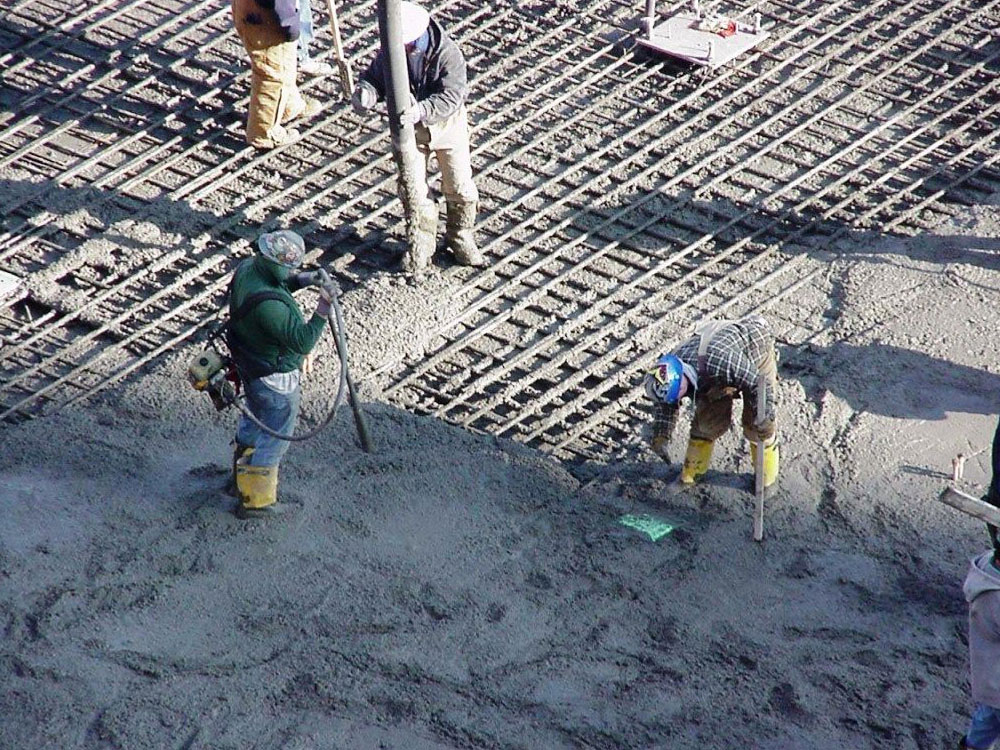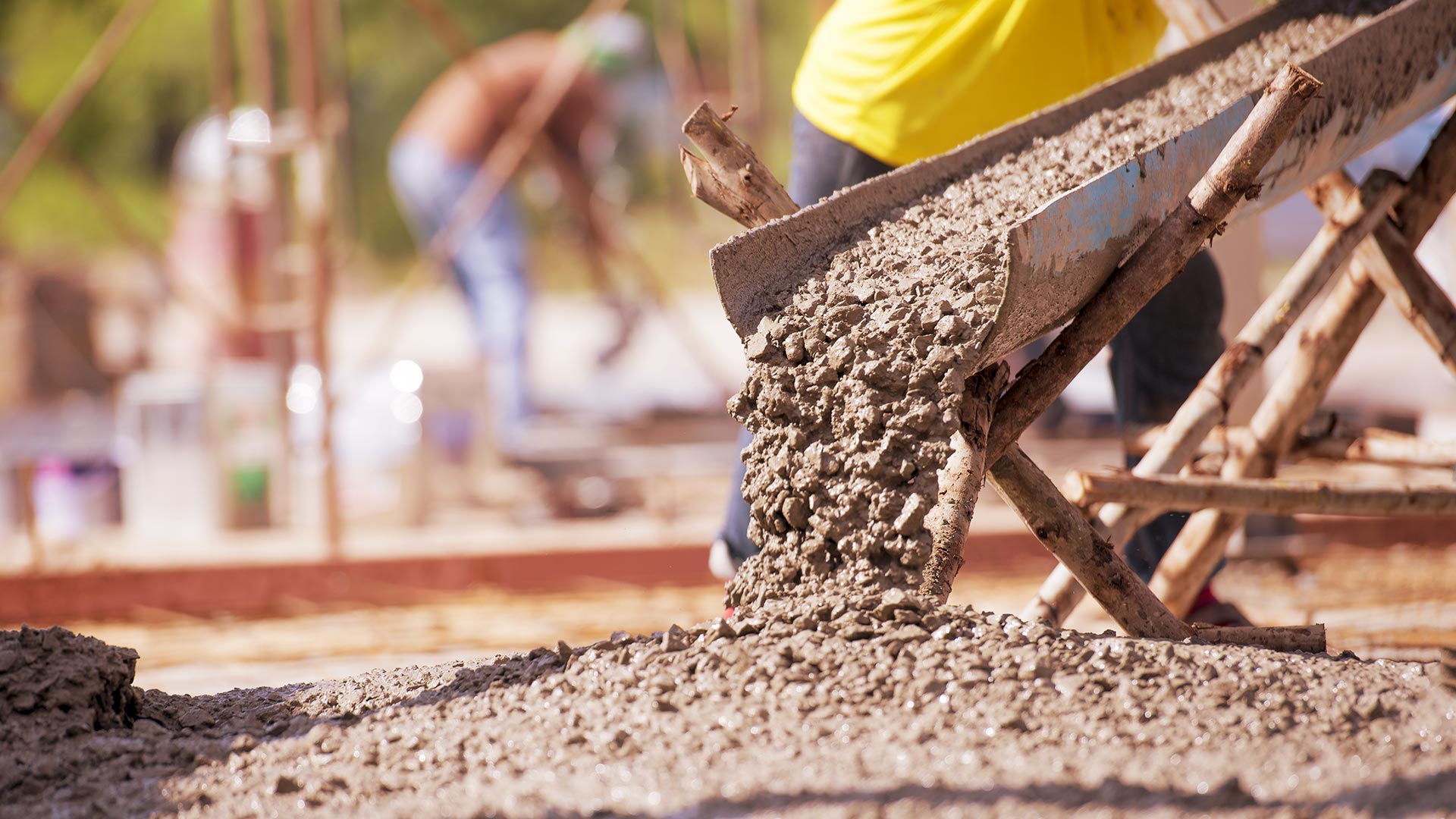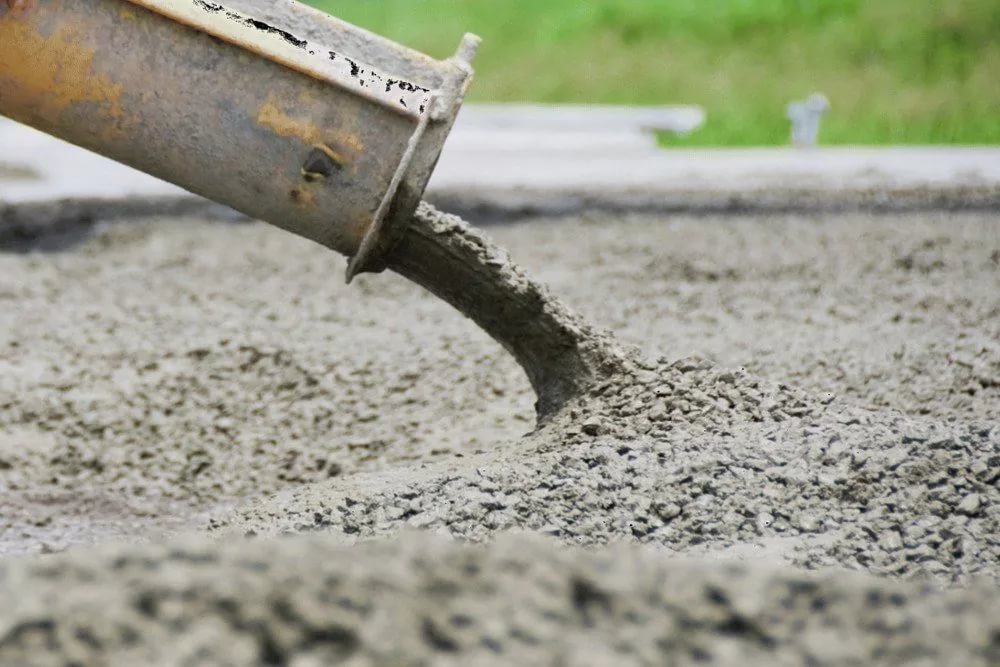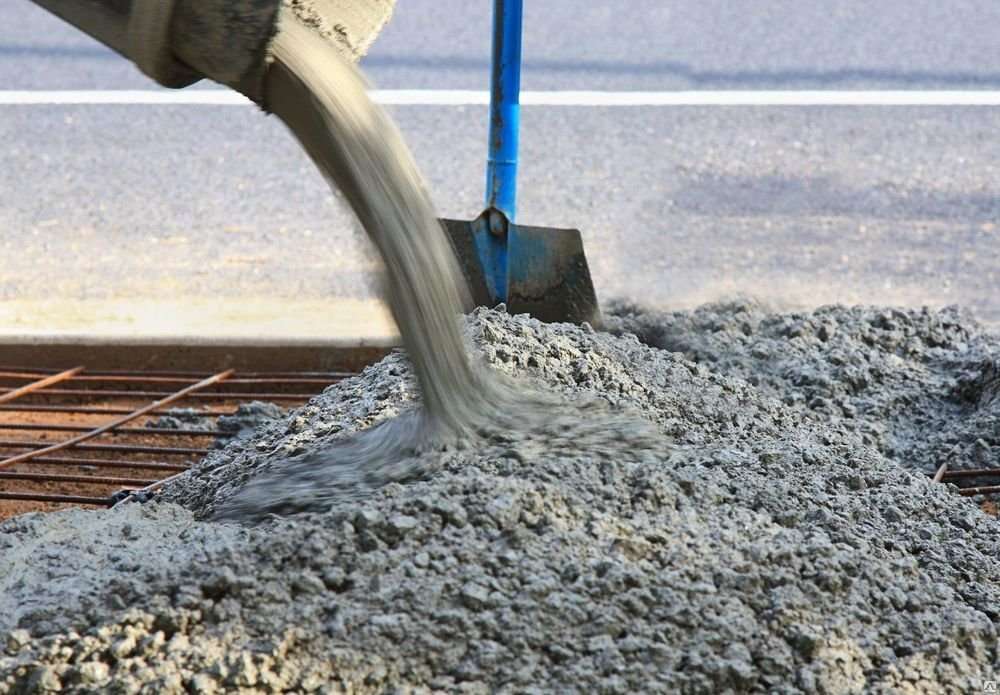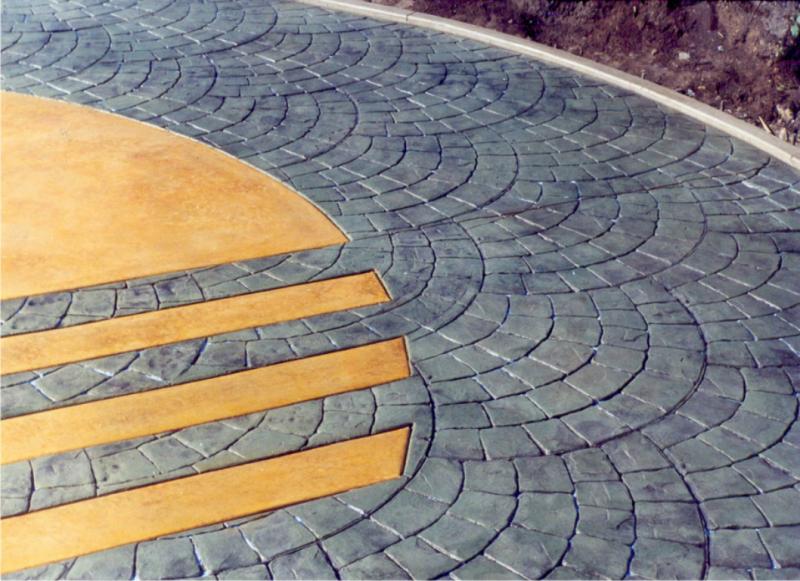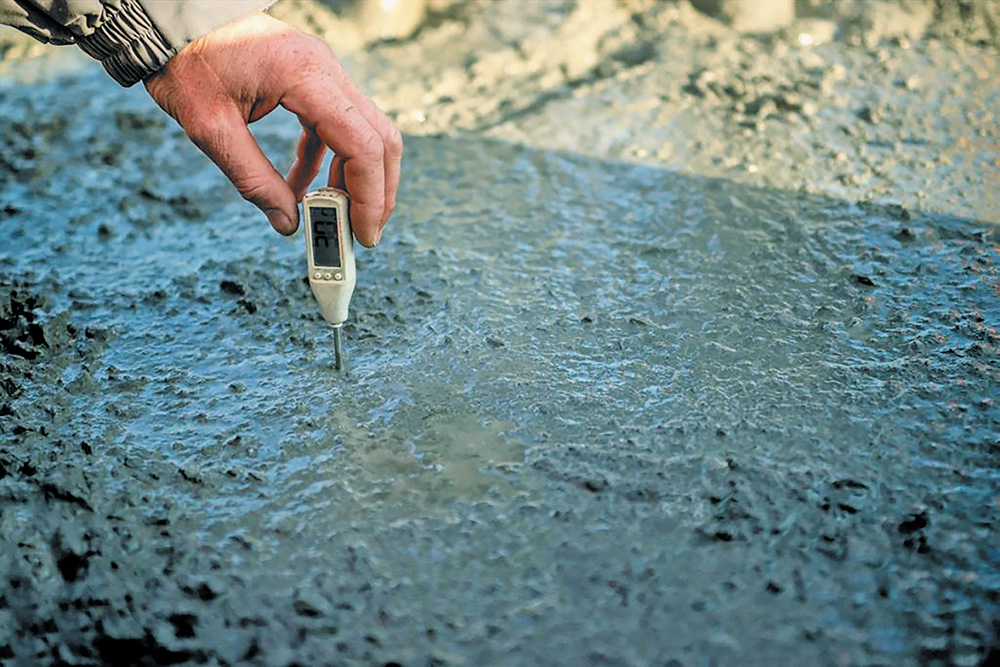The main types of concrete and their properties
Concrete is one of the most common building materials. It has high characteristics for central compression, which gives ample opportunities for use in construction. The set of strength begins as early as 7 days from the start of pouring the liquid composition, and gains full strength by 28 days from the start of hardening.
Types vary depending on the compressive strength class. They can be divided into three large groups:
- grades B3.5 ≤ B20 (strength R from 46 to 262 kgf / cm2) correspond to lightweight concrete М50-М200.
- grades B22.5≤B35 (strength R from 295 to 459 kgf / cm2) - medium concrete М250-М450;
- grades B40 ≤ B80 ≤ B120 (strength R from 524 to 1048 kgf / cm2) correspond to heavy concrete M400-M1000;
Their composition includes the main components: cement, sand, filler (crushed stone or others), water, additives (plasticizers, additives).
Light M50-M200
Concrete M50-M100 is used in construction as concrete and gravel under the foundation, monolithic slabs and foundations, for structures without heavy loads, for concreting sidewalks and walkways, floor screeds.
Composition (formula: Ц: П: В: Щ) per 1 m3 of concrete М100:
- cement (M300) 242.16 kg,
- sand 760 kg
- water 208 l
- crushed stone (20-40 mm) 1132 kg.
M200 is widely used for many tasks in construction. It is used when pouring grillages of foundations, retaining walls, when concreting staircases, platforms, blind areas of buildings, in road construction in the manufacture of plates and fences.
Composition 1 m3 of concrete M200: cement (M400) 354.16 - 378.38 kg
- sand 640-665 kg,
- water 208-205 l,
- crushed stone (20-40 mm) 1173 kg.
Medium M250-M450
The most common and used brands are M 250 and M300.
M300 has rather good strength characteristics, therefore it is used in the manufacture of monolithic floor slabs of low load, foundations, when pouring stairs and fences, fences and other structures, when erecting walls from a monolith of high-rise buildings.
Composition of 1 m3 of concrete M300:
- cement (M400) 414.7-443.96 kg,
- sand 665-620 kg,
- water 211 l
- crushed stone (20-40 mm) 1125-1131 kg.
Heavy M400-M1000
Heavy concretes, in particular M400, are used in the manufacture of load-bearing structures with high loads. These are columns, beams, farms, slabs, foundations, staircases, used in the construction of monolithic structures, in the manufacture of sewer products (wells, trays).
Composition of 1 m3 of concrete M400:
- cement (M500) 459.1-438.92 kg,
- sand 615-625 kg,
- water 211 l
- crushed stone (20-40 mm) 1115-1131 kg.
Depending on the working conditions of concrete structures, several more characteristics are taken into account.
Corrosion Resistance
According to their resistance to types of corrosion, concrete is divided into A (without corrosive effects of chemical agents); B (corrosion - carbonization of cholesterol); B (corrosion of chlorides XD and XS); G (XF freezing and thawing); D (chemical corrosion of HA).
By type of binder
By type of binder, concrete is divided into special (polymer), gypsum, lime, slag, and cement.
By type of placeholder
According to the type of aggregates, concrete is divided into dense, porous, special (for example, metal filler, polystyrene).
Moisture resistance
Moisture resistance of concrete is indicated by the letter "W". The value of this indicator is in the range of W2-W20. For ordinary buildings and structures, water resistance usually does not exceed W4. For structures operating in high humidity or in water, concrete with a high moisture resistance grade is required.
Frost resistance
This indicator is indicated by the letter "F". Displays the maximum number of freeze and thaw cycles, is in the range from F50 to F300.You can increase the value to F500 for structures at extremely low temperatures. From 0 ° C to minus 10 ° C F100 is low, from -10 ° C to -20 ° C F200 is average, below -20 ° C the frost resistance grade F300 is high.
By abrasion
According to the effects of abrasive loads, concrete is labeled from G1 to G3.
According to the hardening conditions
Concretes are divided into hardening: in natural conditions; during heat treatment, at atmospheric pressure; during heat treatment and pressure above atmospheric (autoclave hardening).
According to the speed of curing
Fast hardening and slow hardening.
Such a wide variety of concrete mixes makes it possible to make the right choice for the most specific needs. If necessary, the concrete mixture can be made independently or made an order at concrete plants. Taking into account all the characteristics of the working conditions and the environment of use, the brand of cement is selected for strength, frost resistance, moisture resistance and other parameters. The mixtures are enriched with plasticizers and additives to adjust the hardening speed, to protect against environmental aggression, the size and quality of the aggregates are also selected. These indicators, as well as the conditions under which the mixture is prepared, continuous mixing in concrete mixers, the use of vibrators during concrete laying, improves the quality of concrete, and, accordingly, products from it.

